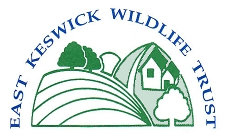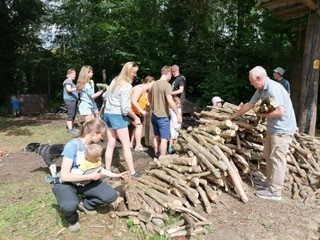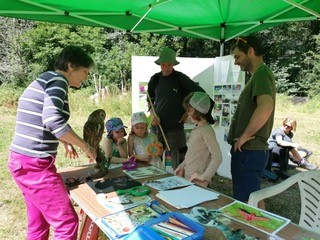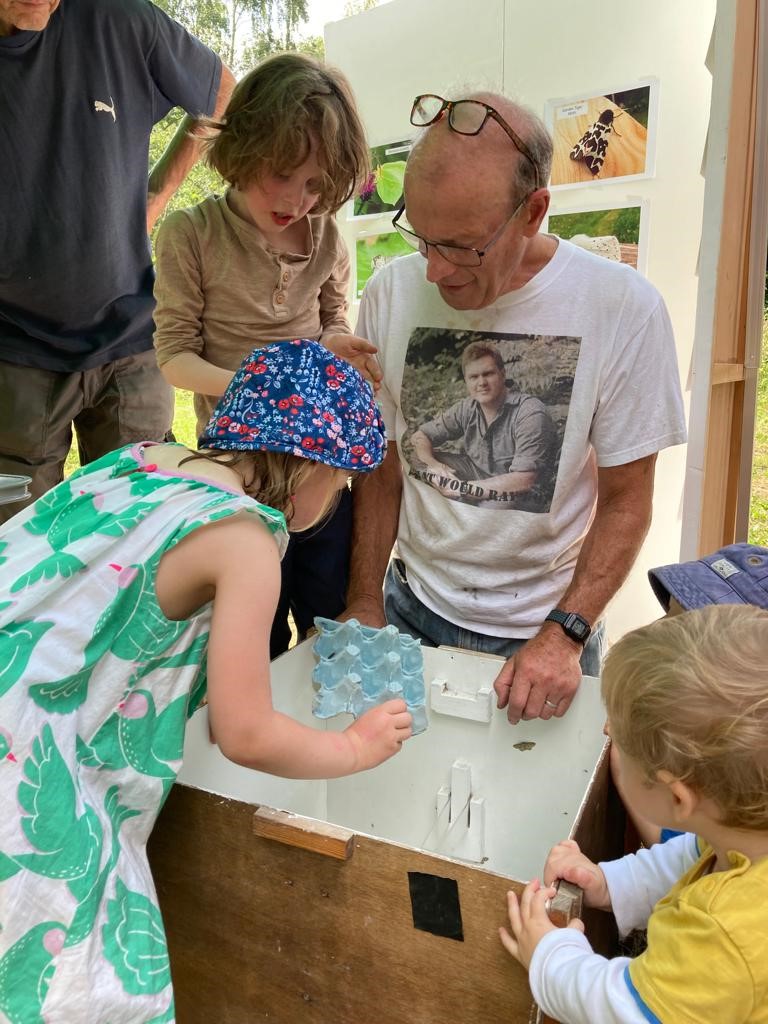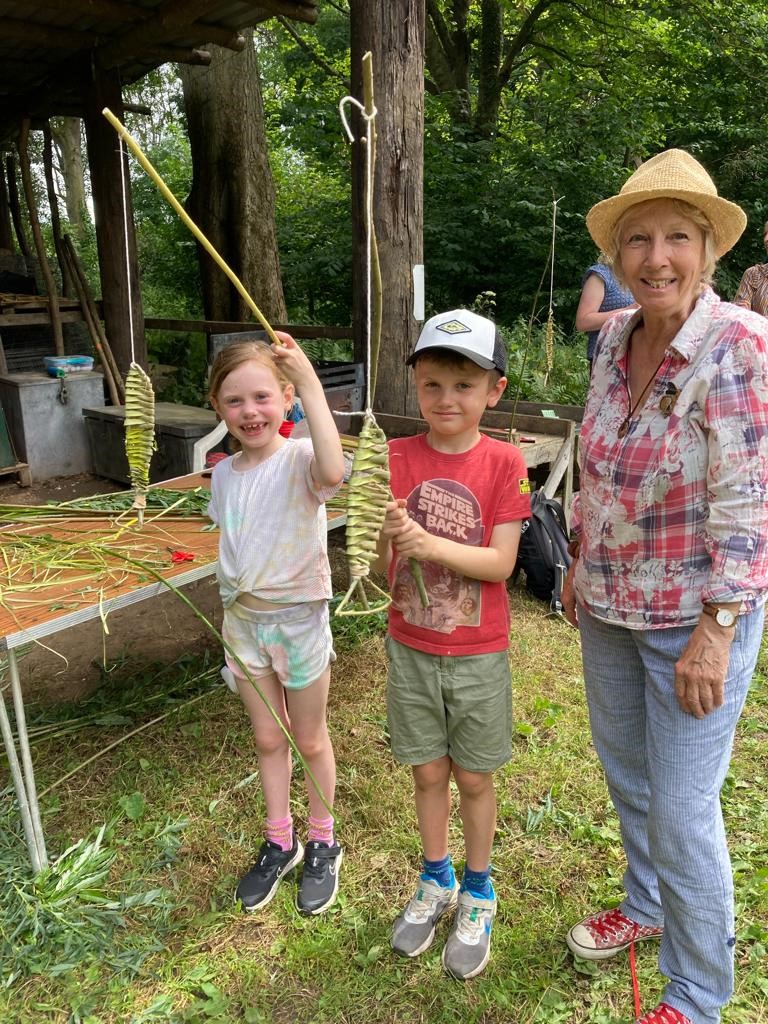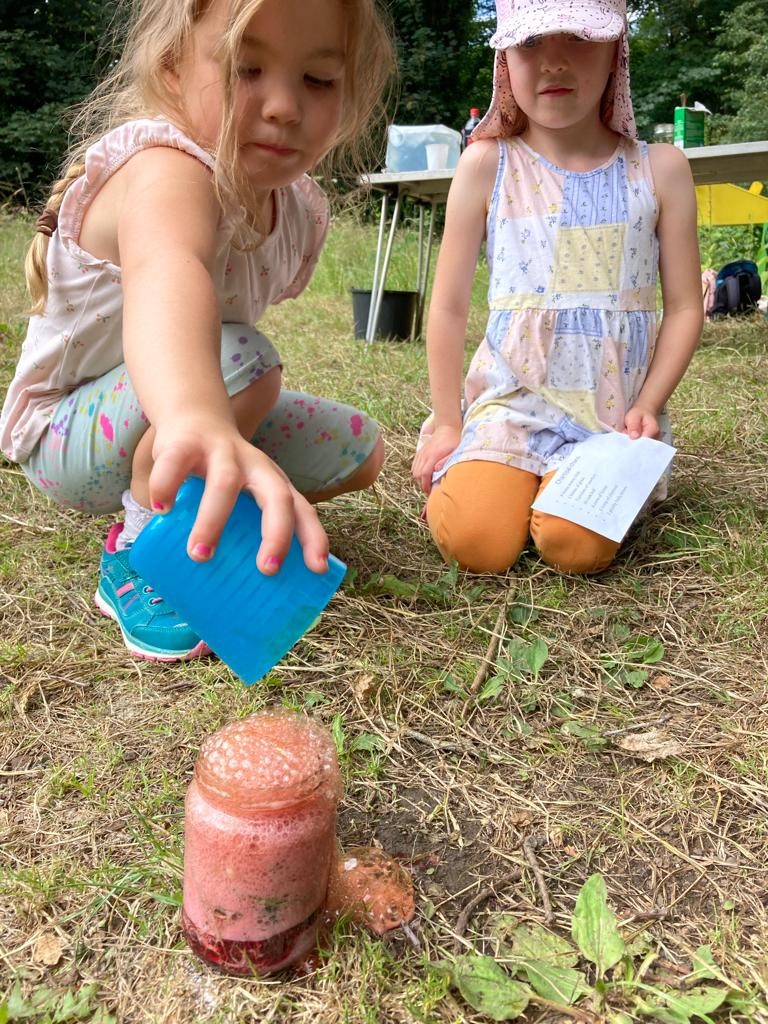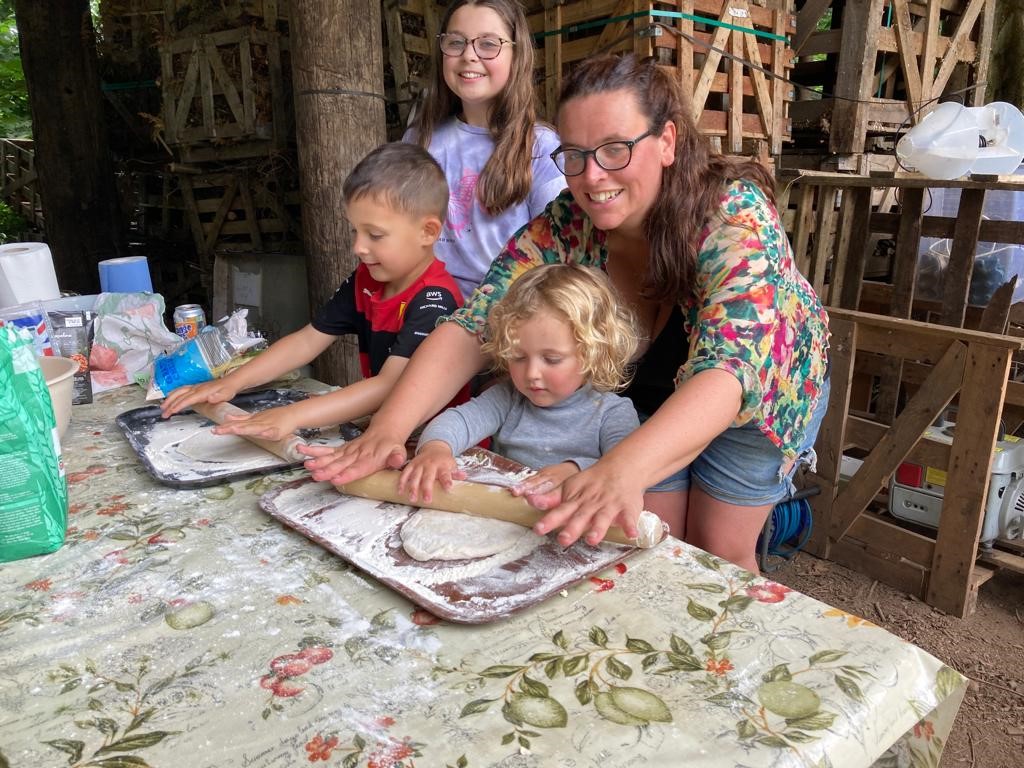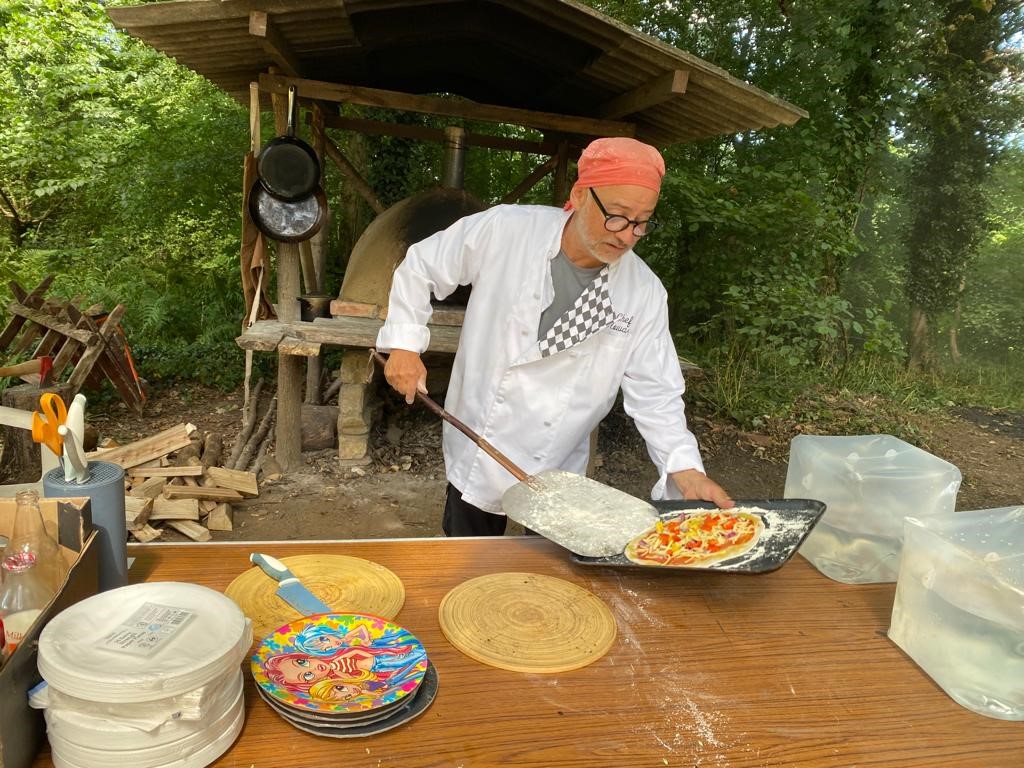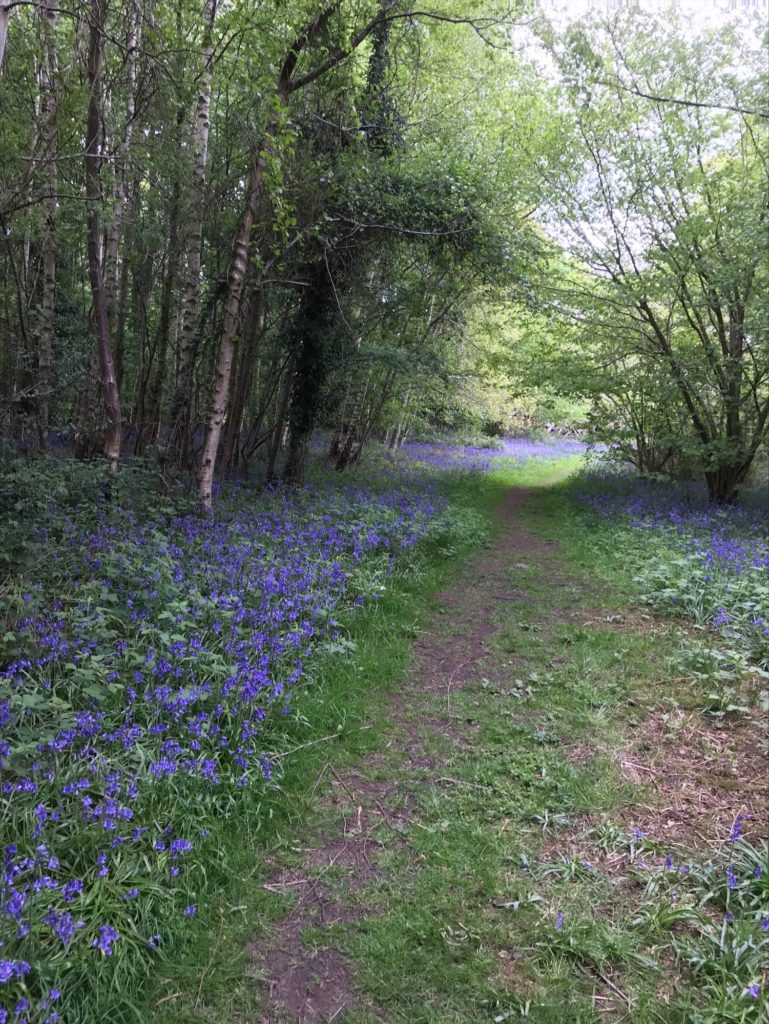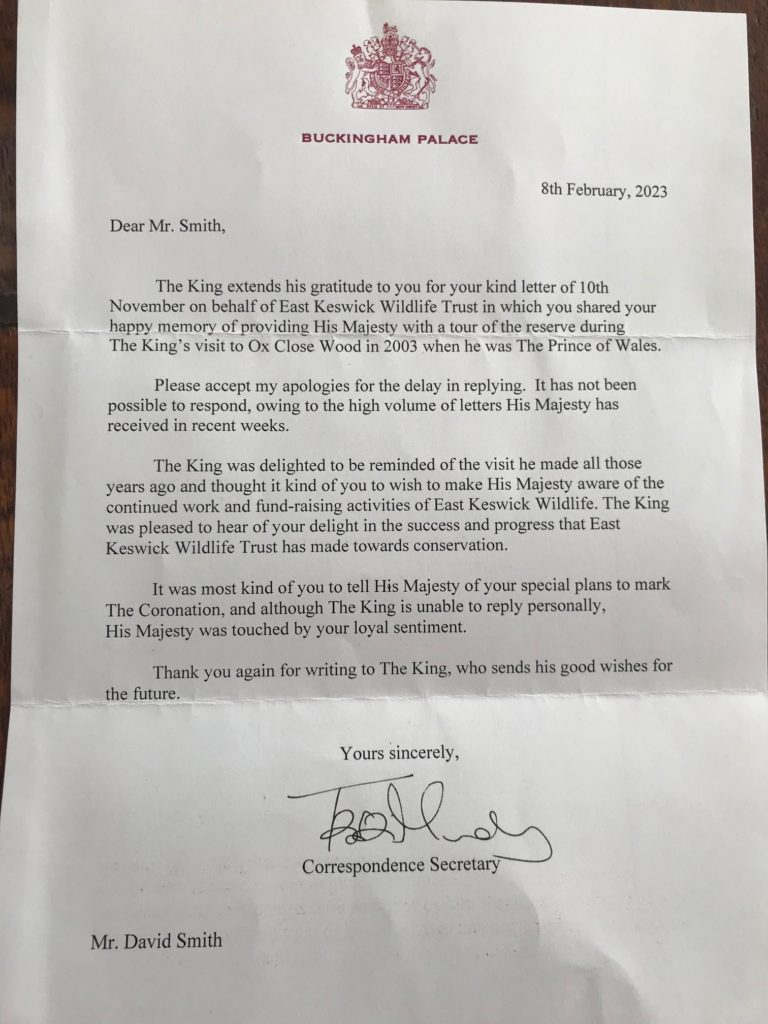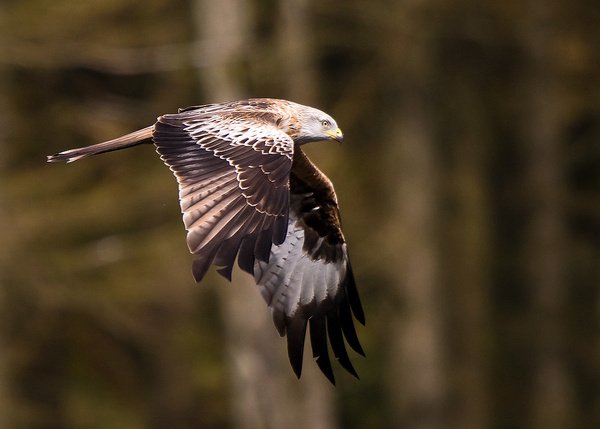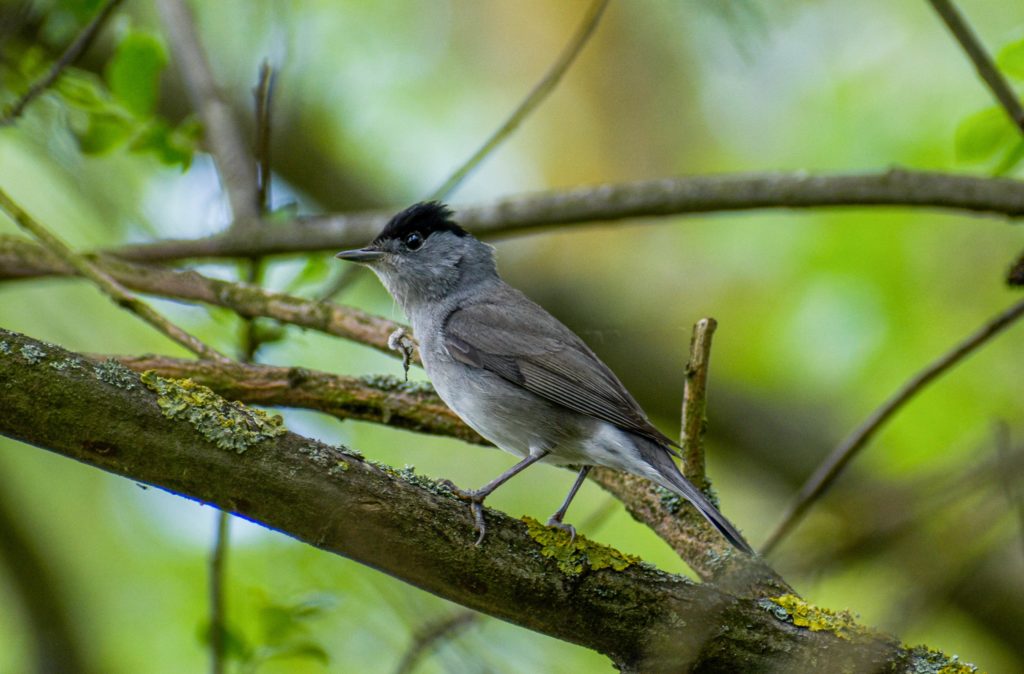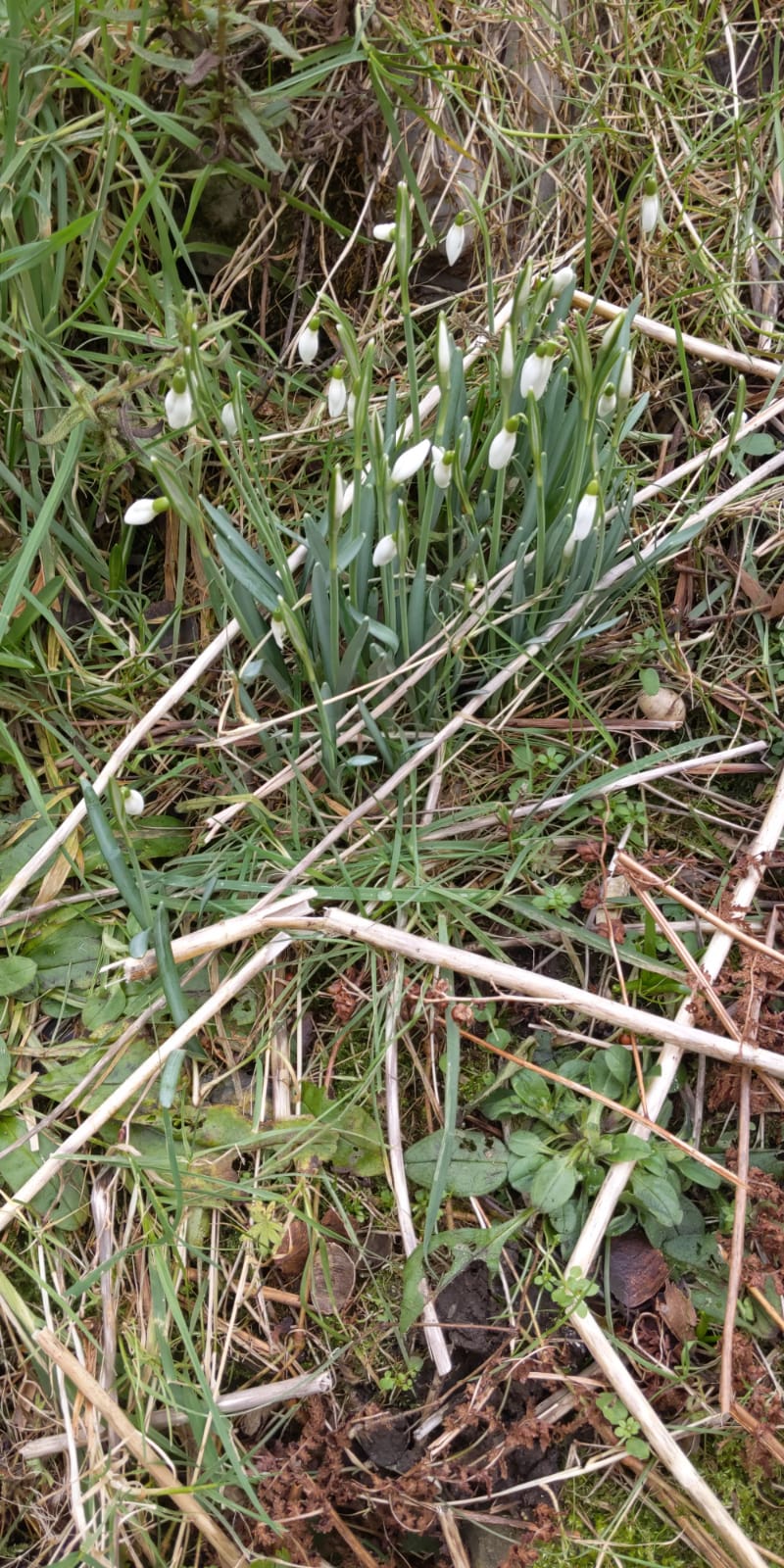The Wildlife Trust is excited to hear that East Keswick Village Hall’s offer for the Illingworth Field, which lies directly behind the Village Hall’s garden, has been accepted.
The Village Hall has our full support in acquiring the Illingworth Field. We believe it will contribute to protecting, improving and extending existing local multifunctional green corridors. It will enable an increase in connectivity to the existing local habitat network, including the Ellikers nature reserve to the north of Illingworth Field, and offer the potential for wider links around the parish and beyond.
East Keswick Wildlife Trust is committed to working with the Village Hall to preserve this green space and create opportunities for the local community and visitors to learn and play a central role in working with nature to address the causes and consequences of climate change.
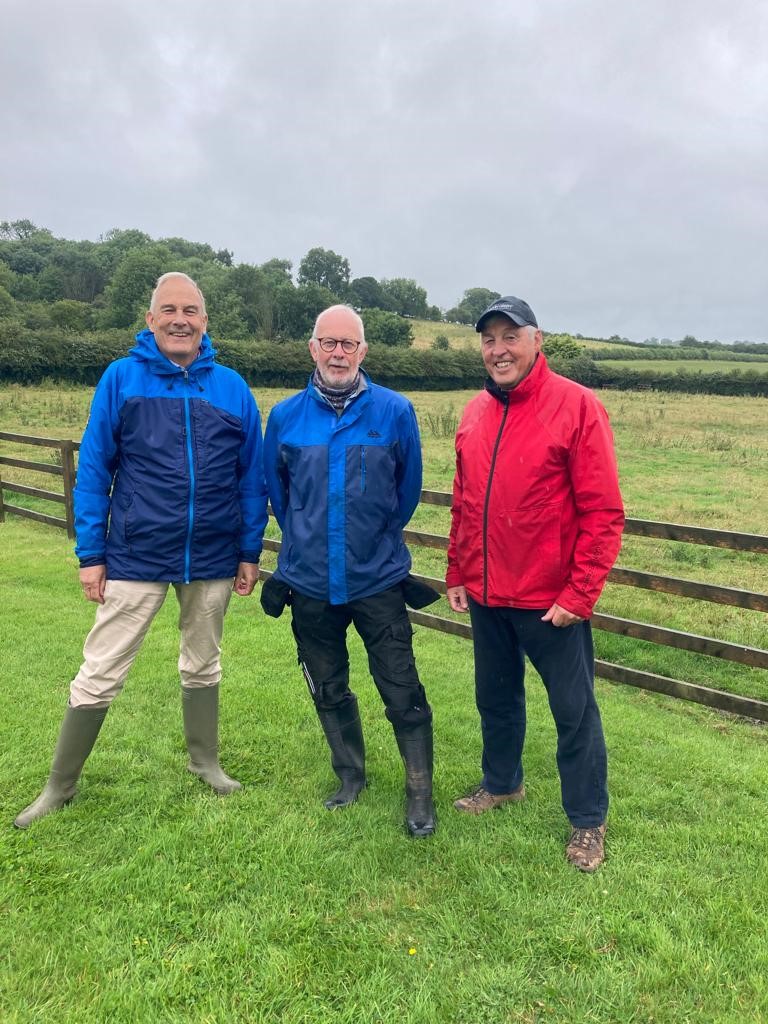
Peter Guildford and David Wort from the Village Hall committee meet David Smith, Chairman of East Keswick Wildlife Trust, to discuss plans to improve biodiversity on the land behind the Village Hall.
